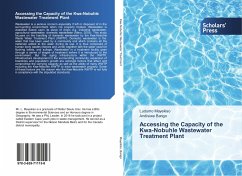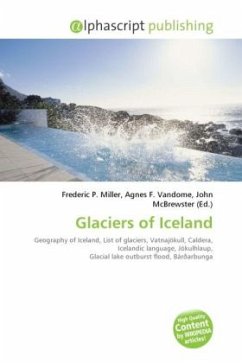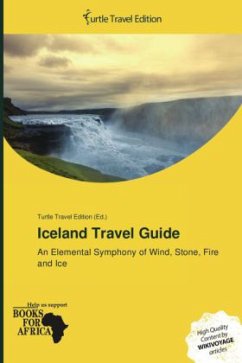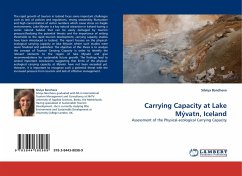
Carrying Capacity at Lake Mývatn, Iceland
Assessment of the Physical-ecological Carrying Capacity
Versandkostenfrei!
Versandfertig in 6-10 Tagen
32,99 €
inkl. MwSt.

PAYBACK Punkte
16 °P sammeln!
The rapid growth of tourism in Iceland faces some important challenges such as lack of policies and regulations, strong seasonality fluctuation and high concentration of visitor numbers which cause stress on fragile environments. Lake Mývatn is a key natural attraction in Iceland having a scenic natural habitat that can be easily damaged by tourism pressure.Realizing the potential threats and the importance of setting thresholds to the rapid tourism development, carrying capacity studies have been introduced in Iceland. The report focuses on the physical-ecological carrying capacity at lake M...
The rapid growth of tourism in Iceland faces some important challenges such as lack of policies and regulations, strong seasonality fluctuation and high concentration of visitor numbers which cause stress on fragile environments. Lake Mývatn is a key natural attraction in Iceland having a scenic natural habitat that can be easily damaged by tourism pressure.Realizing the potential threats and the importance of setting thresholds to the rapid tourism development, carrying capacity studies have been introduced in Iceland. The report focuses on the physical-ecological carrying capacity at lake Mývatn where such studies were never finalized and published. The objective of this thesis is to analyze the concept of Tourism Carrying Capacity in order to identify the relevant elements to the region of lake Mývatn and give recommendations for sustainable future growth. The findings lead to several important conclusions suggesting that limits of the physical-ecological carrying capacity at Mývatn have not been exceeded yet. However, it is important to recognize such a potential threat with the increased pressure from tourism and lack of effective management.



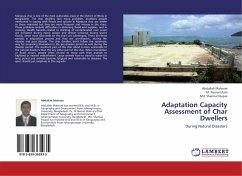
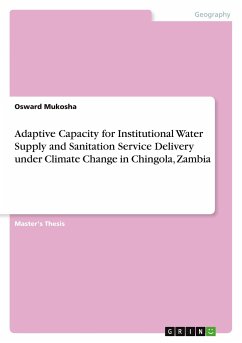
![A Practical System of Modern Geography, or, A View of the Present State of the World [microform]: Simplified and Adapted to the Capacity of Youth, Con Cover A Practical System of Modern Geography, or, A View of the Present State of the World [microform]: Simplified and Adapted to the Capacity of Youth, Con](https://bilder.buecher.de/produkte/65/65494/65494711n.jpg)
